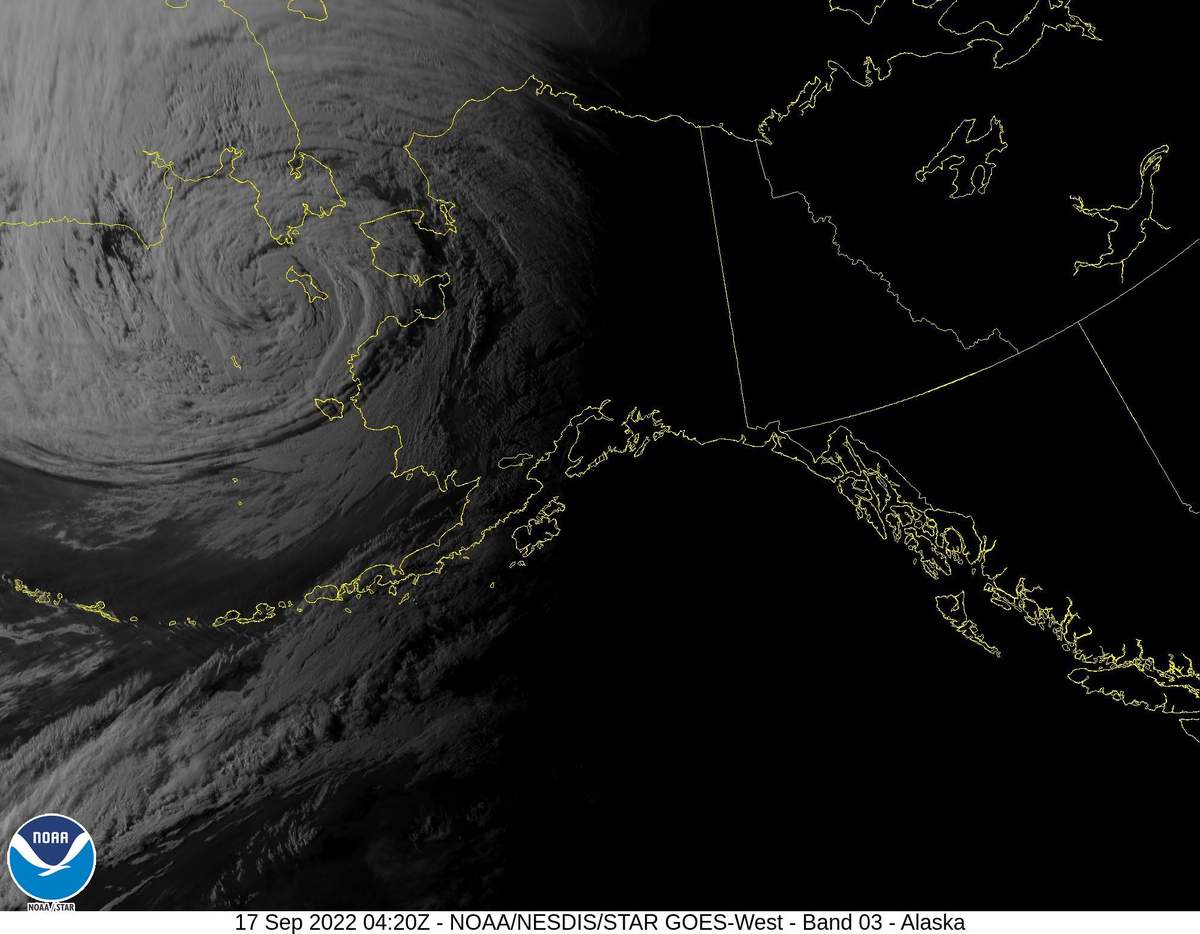Hurricane Fiona Hits Puerto Rico
Hurricane Fiona struck Puerto Rico on Sunday. The storm brought winds of about 90 mph (145 kph), and dumped huge amounts of rain across the island. Some areas got up to 30 inches (76 centimeters) of rain.
The heavy rains caused flooding and mudslides across the island, taking out bridges and blocking roads. At one point, there were flash flood warnings for almost the entire island. Hundreds of people have been evacuated. US President Joe Biden has declared a state of emergency.
😕
This image has not been loaded because of your cookie choices. To view the content, you can accept 'Non-necessary' cookies.
Hurricane Fiona struck Puerto Rico on Sunday. The storm brought winds of about 90 mph (145 kph). Some areas got up to 30 inches (76 centimeters) of rain. Above, a flooded street in Catano, Puerto Rico, on Monday, after Hurricane Fiona.
The hurricane took out electricity across the entire island. By the time the storm moved on toward the Dominican Republic, power had been restored for about 100,000 customers. But close to 1.3 million homes and businesses were still without electricity.
The power company, LUMA, said it could take days to restore power. The heavy rains have continued, making repair work difficult and dangerous.
The storm was the strongest to hit Puerto Rico since Hurricane Maria hit in 2017. That hurricane caused incredible damage and left parts of the island without electricity for months. The current blackout is a strong reminder of the challenges the island faces in setting up a stable electrical system.
😕
This image has not been loaded because of your cookie choices. To view the content, you can accept 'Non-necessary' cookies.
The hurricane took out electricity across the entire island. Close to 1.3 million homes and businesses are still without electricity. The power company, LUMA, said it could take days to restore power. Above, the capital, San Juan, is almost completely dark.
Typhoon Nanmadol Pounds Japan
In Japan, Typhoon Nanmadol made landfall on Sunday morning. The storm hammered the western island of Kyushu with winds as fast as 100 mph (160 kph) before moving on to the main island, Honshu.
In some areas, Nanmadol dropped more than two feet (60 centimeters) of rain in just 24 hours. The storm caused serious flooding, which may lead to landslides in some areas. Over 190,000 homes were left without electricity.
Experts expected the storm to be intense, and over 7 million people were encouraged to evacuate. More than 20,000 people spent Sunday night in emergency shelters. So far, around 80 people have been reported injured.
😕
This image has not been loaded because of your cookie choices. To view the content, you can accept 'Non-necessary' cookies.
In Japan, Typhoon Nanmadol made landfall on Sunday morning. The storm hammered the western island of Kyushu. Experts expected the storm to be intense, and over 7 million people were encouraged to evacuate. Above, violent flood waters in the Sendai River.
Public transportation was stopped in some areas, and hundreds of flights were canceled. Typhoon Nanmadol is expected to reach Tokyo on Tuesday.
Alaska Flooded by Typhoon Merbok
On Saturday, Typhoon Merbok pounded Alaska’s west coast with strong winds and heavy rains. Storms are common in the Bering Sea – the sea that separates Alaska from Russia. But normally, strong storms form later in the year.
Typhoon Merbok is unusual because it formed early, and over very warm water. The storm was the strongest to ever hit the Bering Sea in September. It caused waves of over 50 feet (15 meters).

(Source: NOAA.)
The storm surge from Merbok caused massive flooding along 1,000 miles (1,600 kilometers) of Alaska’s west coast. Buildings were knocked off of the bases they were built on. One video even showed a house floating down a flooded river.
In Nome, the flooding is the worst since 1974. In the town of Shaktoolik, the flood waters washed away a small hill that was built to protect the town from flooding. Now the town is unprotected against future floods.
In many places, the power is still out. Many of the places affected are small, hard-to-reach villages, where most people are Native Alaskans. The storm hit at a time when many people were trying to collect and store food for the winter.
